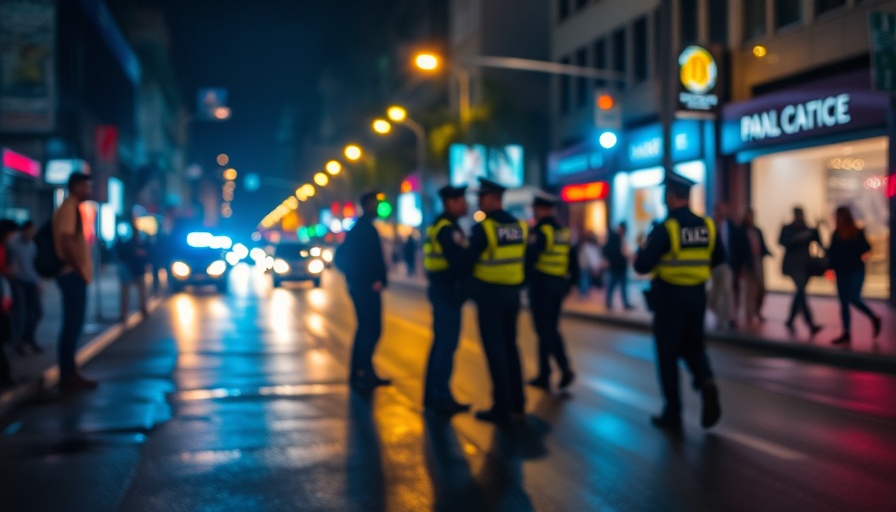
Incendiary Devices Discovered: A Dangerous Trend Emerges
On a seemingly ordinary March morning, the Austin Police Department was thrust into action after incendiary devices were discovered inside a Tesla dealership. This alarming incident forms part of a broader pattern of violent acts targeting Tesla locations nationwide, triggering heightened concerns over public safety and drawing serious attention from law enforcement and government officials alike.
The Austin incident was categorized as particularly urgent by the FBI, which had earlier issued a warning about the increase in destructive behaviors towards Tesla properties. From Molotov cocktails hurled at showrooms to gunfire and vandalism, Tesla has found itself caught in a storm of public dissent, particularly following the controversial appointment of CEO Elon Musk to lead a new government initiative aimed at improving federal efficiency.
The Connection Between Technology and Public Safety
The use of incendiary devices highlights a glaring intersection of technology, public sentiment, and personal safety within rapidly evolving environments like that of Tesla dealerships. How can law enforcement leverage technology to combat such acts? Many departments are turning to advanced surveillance systems and predictive analytics, akin to the AI tools many are familiar with in personal technology—like navigating traffic or ordering food.
Moreover, body-worn cameras have become crucial in this context, ensuring transparency during police investigations which can often be rife with community mistrust. Just as Tesla’s push for innovative transportation solutions has sparked polarized opinions, the technological tools available to police enhance their community engagements—underscoring a paradox of trust versus skepticism.
Understanding the Underpinnings of Violence
What drives individuals to commit acts of vandalism and violence against Tesla properties? The Seattle-based group ResistAustin is one example of organized public dissent, disagreeing with Musk's significant influence over government operations. This activism is symptomatic of broader societal frustrations, reflecting concerns over corporate influence in politics. The labels attached to these actions—such as "domestic terrorism"—further complicate public perception and law enforcement responses.
While the dissent raises legitimate concerns about corporate governance, it simultaneously raises difficult questions about public safety and the implications of labeling certain behaviors as terrorism. As authorities crack down on these acts, it remains crucial to balance community rights to protest with the imperative of operational safety in areas deemed sensitive or vulnerable.
Implications for Law Enforcement and Community Relations
The escalating violence against Tesla facilities represents a substantial challenge for police departments, who must adapt strategies to address these incidents without eroding the fragile trust between them and the communities they serve. The recent statements from officials, including President Trump condemning the attacks, galvanize support for law enforcement's actions while reinforcing the need for community accountability.
As the FBI and local authorities continue their investigations, it is imperative that they not only focus on the immediate threats but also examine systemic issues that lead to such outbursts. Understanding these factors can help cultivate a more inclusive dialogue between communities and law enforcement—promoting frameworks for productive conversations rather than confrontations.
Conclusion: A Call for Action in Policy and Community Engagement
The series of attacks on Tesla dealerships underscores the urgent need for new policies and community engagement strategies in law enforcement practice. Departments must prioritize transparency, advanced training in crisis response, and open communication to foster more robust community relations. As police departments across the nation confront rising threats of violence and discontent, taking proactive measures can empower them to combat these social tensions effectively.
This incident stands as a critical moment for both law enforcement and policymakers. Stakeholders must collaborate to identify innovative solutions to ensure the safety of all community members while also addressing the factors driving such hostile actions. It's an opportunity to redefine public safety strategies that are steeped in technology yet rooted in trust and understanding—creating a safe and secure environment for everyone.
 Add Row
Add Row  Add
Add 

 Add Element
Add Element 




Write A Comment